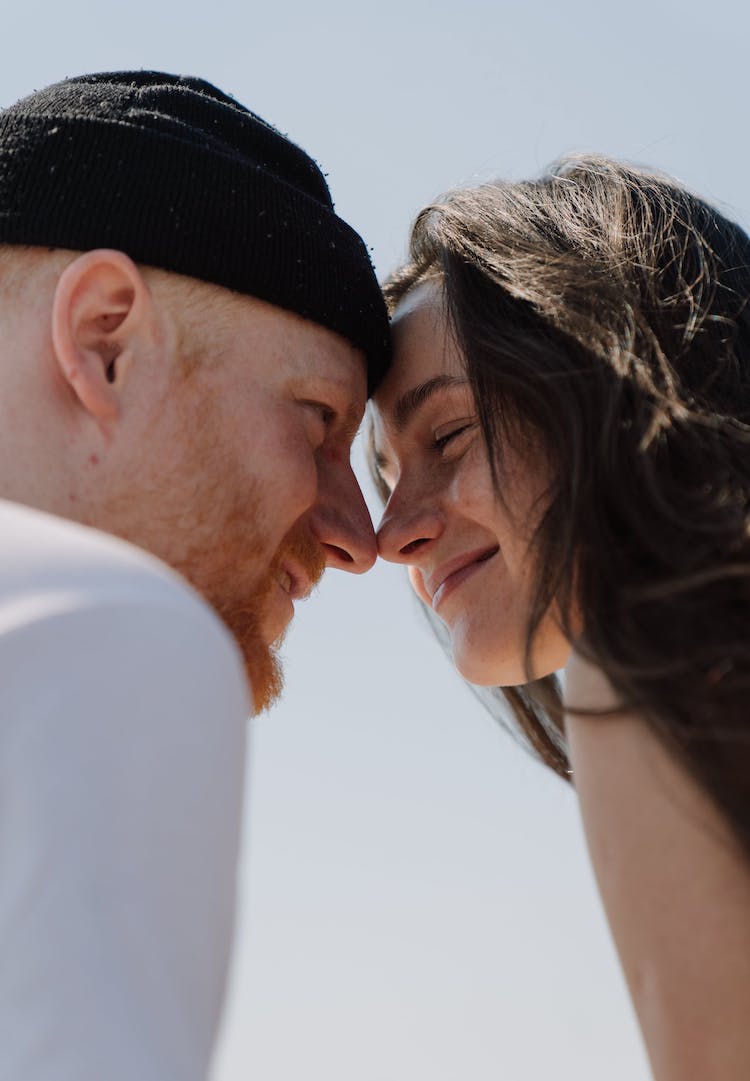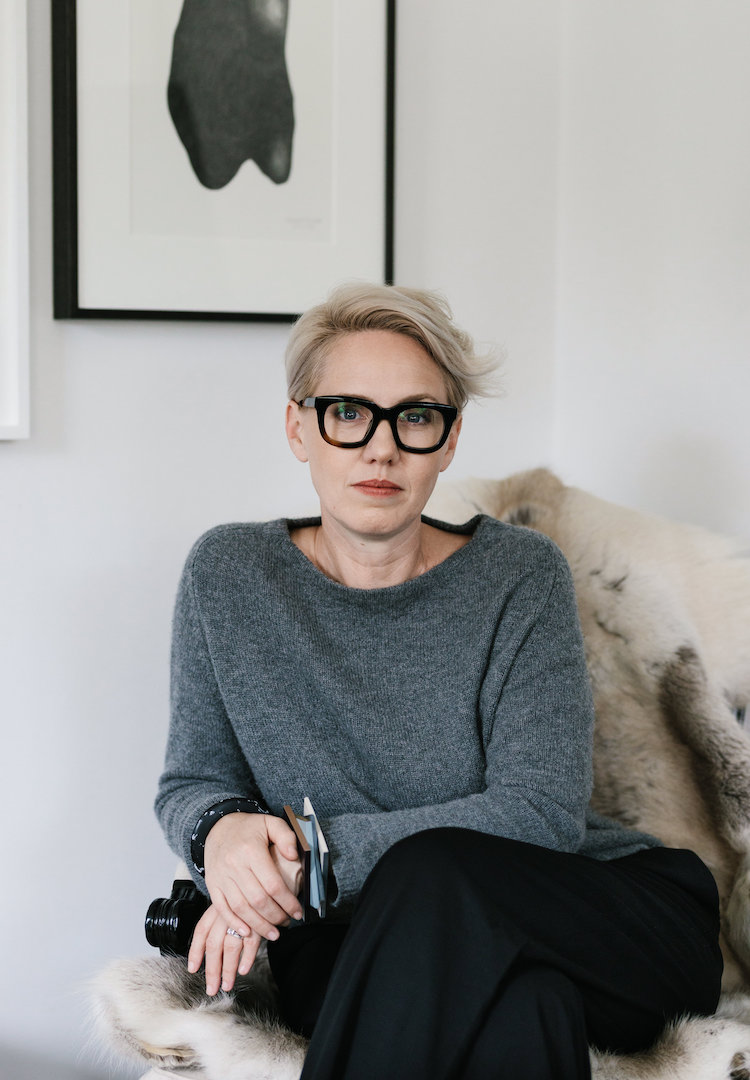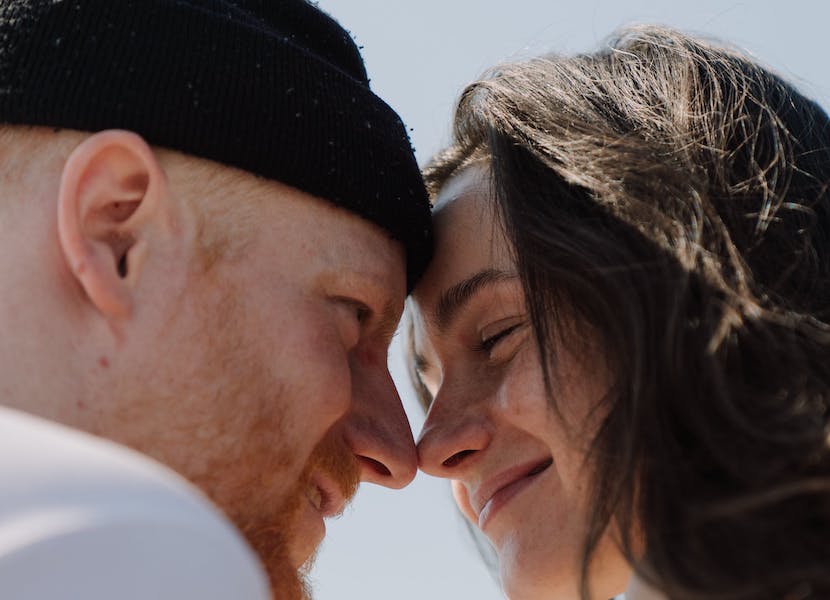Can anxious-avoidant relationships ever work? I asked a couples therapist
WORDS BY EMILY HOLGATE
“It can feel really good at the start but then that pursuer-withdrawer cycle can take over and hijack the relationship.”
Have you ever dated someone where you feel like you were the only one putting effort into the relationship? Maybe you love the chase or tend to only be attracted to those who are emotionally unavailable, causing you an inevitable and unnecessary amount of stress.
For more relationship advice head to our Life section.
As someone who has generally always been the clingy person in a relationship, I know the struggle. But if you find yourself constantly needing more affection from a partner, and experience heightened levels of anxiety when these needs aren’t met, you could have what is known as an ‘anxious attachment style’.
What is attachment theory?
Anxious attachment style is an element of attachment theory, coined in the 1950s to ’60s by psychologists John Bowlby and Mary Ainsworth. In a nutshell, the theory proposes that in adult relationships, our attachment styles are often influenced by our experiences in infancy, such as the affection we received from our primary caregivers (hey Freud, we see you).
While there are many attachment styles, the main recognised ones are anxious, avoidant and secure. Couples counsellor Natalie Claire King says that she prefers to look at a couple’s “position” instead of their attachment style.
“It’s very similar to attachment styles – someone who has an anxious attachment style will take on a more pursuing position. While an avoidant attachment person would take on a withdrawing position.”
What is avoidant attachment?
Avoidant attachment, Natalie says, often stems from a place in childhood where a person’s primary caregiver or attachment figure was “quite dismissive and neglectful of their emotional needs, or was very intrusive and overbearing”.
But what is interesting – and what I’ve found in my own experience with anxious attachment style – is that anxious and avoidant people often end up in relationships together.
This usually begins with the anxious person casually pursuing the avoidant, whereas the avoidant person is not necessarily seeking a relationship. Once a relationship develops, the pursuer’s anxiety increases once realising their emotional needs are not being met.
The anxious-avoidant cycle
If you’re an anxiously attached person, like me, you’ll likely be familiar with the anxious-avoidant cycle. Have you ever asked for more attention, affection or quality time with a partner, only to have them respond by pushing you further away? Maybe they’ll spend even less time with you than before, and emotionally withdraw to not show any signs of affection or desire to be in the relationship.
Natalie says that “someone who is anxiously attached or in a pursuing position [will] have a higher need for attention, closeness and affection, so they place a high value on talking things out, expressing their feelings, and usually like to hear words of affirmation or reassurance that their partner loves them”.
She explains that when the avoidant person then wants space, the anxious person can feel personally rejected. “Someone who is more withdrawing or avoidant can at times feel intimidated by closeness.”
This can go back to the aforementioned issues of the way this type of person received affection as a child. Natalie says that to cope with the fear of neglect or abandonment that they experienced in childhood, this person will try “to protect themselves” by “avoiding any form of rejection”.
“The best way [for them] to do that, is to not get close to anyone,” she says. Natalie continues by explaining that these attachment styles often end up in relationships as they both have what the other would like more of. She says that an anxious person might be impressed by an avoidant person’s independence, or perhaps their surface-level “mysteriousness”, as they wish they could depend on others less themselves.
On the other hand, the avoidant person will be attracted to the anxious person as they provide endless amounts of love, intimacy and warmth, something they perhaps didn’t experience growing up.
“A lot of the time when I meet couples, they explain that the things they were attracted to at the beginning [of the relationship] that really drew them in can end up being the things that get them stuck,” Natalie tells me. “It can feel really good at the start but then that pursuer-withdrawer cycle can take over and hijack the relationship.”
She explains that the cycle might start with the pursuer asking reassuring questions of their partner and criticising them for their lack of affection. Instead of telling their partner clearly what they need from the relationship, and how their actions make them feel, it comes out as “complaints, criticisms and demands”.
“It doesn’t feel good to be criticised by your partner,” Natalie says. “So the withdrawing person will respond by seeking emotional distance and physical space when stress is brought into the relationship. They enjoy independence and being autonomous.
“The withdrawer can become quiet and turn inwards. So it looks like they don’t really care, but on the inside, they’re feeling really stressed and anxious. They have a low tolerance for conflict and need their relationship to be harmonious.
“When the withdrawer starts to hear that they’re not making their partner happy, these feelings of rejection or even shame come up, as they worry that their partner will leave them. And their best coping mechanism to deal with these feelings is to turn inwards and try to manage that anxiety on their own.”
This is when the anxious-avoidant cycle really comes into play – the anxious person will continue to push the avoidant person for more affection, causing that person to withdraw into themselves. The pursuer then becomes more anxious, worrying that their partner might not love them anymore. But the more they push, the further their partner will withdraw. Put simply, it’s not a fun cycle to be in (trust me, I know).
Can anxious-avoidant couples break the cycle?
There is some hope for couples stuck in the cycle, or who resonate with these attachment styles. Natalie tells me that the first important thing is to notice that there’s a pattern going on.
“They need to look at it in a non-emotional way, which sounds ridiculous because it’s so emotional,” she says. Essentially, you need to be able to map out which of your partner’s actions trigger certain feelings, and which emotional needs you need to be met in the relationship.
The second step, Natalie says, is recognising when the cycle is occurring and seeing if you can interrupt it and respond differently to each other. “This isn’t easy,” she tells me. “When people get stuck like this and the pattern has been going on for a while, they often come in for counselling because it’s really hard to see what’s happening when you’re in the bubble of the relationship.”
Natalie explains to me the importance of trying to respond to your partner differently, as “a lot of the time when caught in this cycle, people will respond reactively. They’ll respond with anger or defensiveness or tears”.
“The way to respond differently is to be vulnerable,” she says. “We need to tell our partner about our fears and feelings.” Natalie also explains the importance of digging into where these feelings are coming from. If they’re clearly coming from a place of trauma or childhood attachment, it’s worth explaining this to your partner so they can better understand why you react in a certain way to their actions.
“The main thing I want to say is this definitely can still work,” Natalie tells me. She says that if you’re an anxious person, it’s great if you can find a securely attached person but this can’t always be the case.
“If you’re with an avoidant person, give them a chance too,” she says. “If there’s an openness there to do a bit of work together and change, then it can totally work. I’ve seen it happen.”
This article was originally published on March 15, 2022.
For more on anxious-avoidant relationships, try this.













